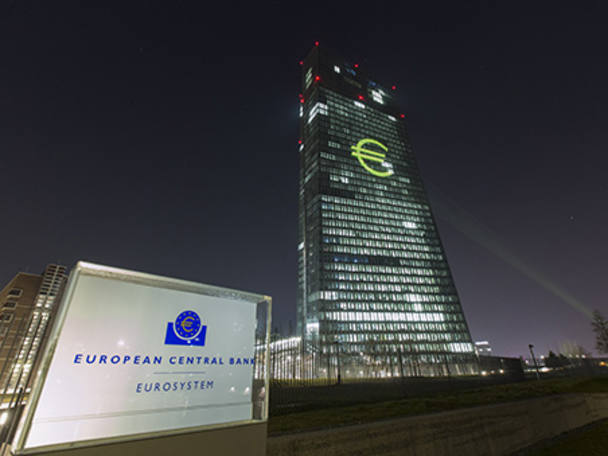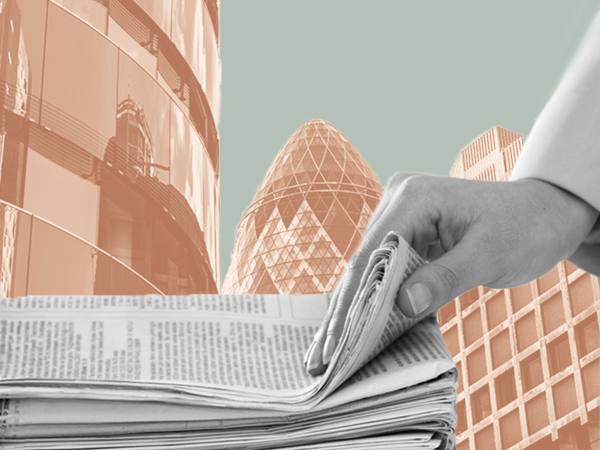An increasing amount of space in the financial pages has been given over to the level of exposure of European banks, as the view takes hold that we're approaching an inflection point in the institutional credit cycle. Leverage ratios are expanding at a time when liquidity is being withdrawn from fixed-interest markets, particularly those for high-yield and structured products. The policies of central banks have been elevating asset prices, narrowing spreads on securities, effectively pushing everyone to one side of the trade.
Now with a wave of potential new defaults looming into view, most notably those linked to the energy sector, traders are reportedly clamouring to exit positions but counterparties are thin on the ground. Energy bonds have become so toxic that the yields on bonds from some investment grade energy companies are spiking above the yields on junk-rated US debt.
It's largely academic as to whether liquidity problems are either symptomatic or causal in security markets. After all, the securitised debt at the heart of the global financial crisis had circulated quite happily in the months prior to Lehman's collapse. With debt instruments and default-linked derivatives making up the bulk of instruments traded globally (in dollar terms), the only important thing is that sellers can match buyers in the market - liquidity is the be-all and end-all.
The risk of widespread institutional bond default is very real, but investors also need to consider where we are in the UK retail credit cycle. Again the portents are far from encouraging. Despite the much reported post-Lehman retrenchment, gross household debt in the UK is burgeoning, while saving as a proportion of take-home pay has slumped to historic lows - hardly surprising given the derisory interest rates on offer. Bank of England figures reveal that unsecured lending increased at its fastest rate in a decade in the early part of 2016.








